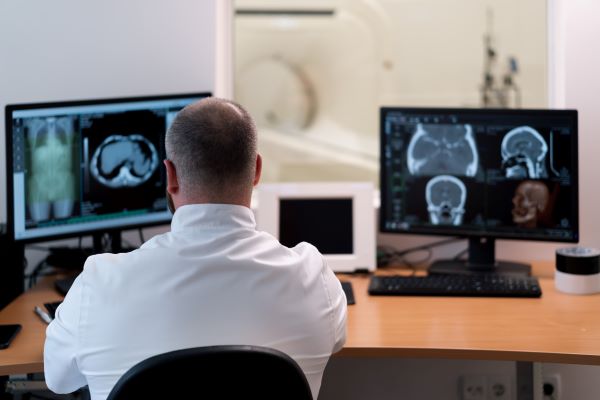Think Beyond Reimbursement for Z Codes and Medical Necessity
Question: Do Z codes really affect reimbursement, or are they mostly designed to pad a patient’s medical record? North Dakota Subscriber Answer: The Z code category of ICD-10-CM is titled “Factors influencing health status and contact with health services (Z00-Z99).” Providers should use Z codes to help provide a comprehensive description of a patient encounter and their current condition — which has the upshot of supplying documentation to meet medical necessity and supporting reimbursement. “Z codes are for use in any healthcare setting. Z codes may be used as either a first-listed (principal diagnosis code in the inpatient setting) or secondary code, depending on the circumstances of the encounter. Certain Z codes may only be used as first-listed or principal diagnosis,” say the Centers for Medicare & Medicaid Services (CMS) in their guideline sheet “ICD-10-CM Official Guidelines for Coding and Reporting FY 2024.” “These history codes can provide medical necessity needed for different procedures and treatment provided,” says Terry Fletcher, BS, CPC, CCC, CEMC, CCS, CCS-P, CMC, CMCSC, CMCS, ACS-CA, SCP-CA, owner of Terry Fletcher Consulting Inc. and consultant, auditor, educator, author, and podcaster at Code Cast, in Laguna Niguel, California. When you’re dealing with office visits, new patient visits, or consults, gathering and incorporating such information is important for the completeness of a patient’s medical record, because patient history can get lost when it’s not prioritized. “A lot of providers aren’t embracing the history fact when looking at medical necessity. It’s not just about meeting certain documentation textbook items to get to that [evaluation and management service] level, it’s also about giving a total health picture on a patient so an auditor or payer or anybody looking at the record can see your thought process and understand why you’re ordering a test, why you think this is necessary, and what about this particular patient today gave you the idea that this is something you need to do,” she says.




